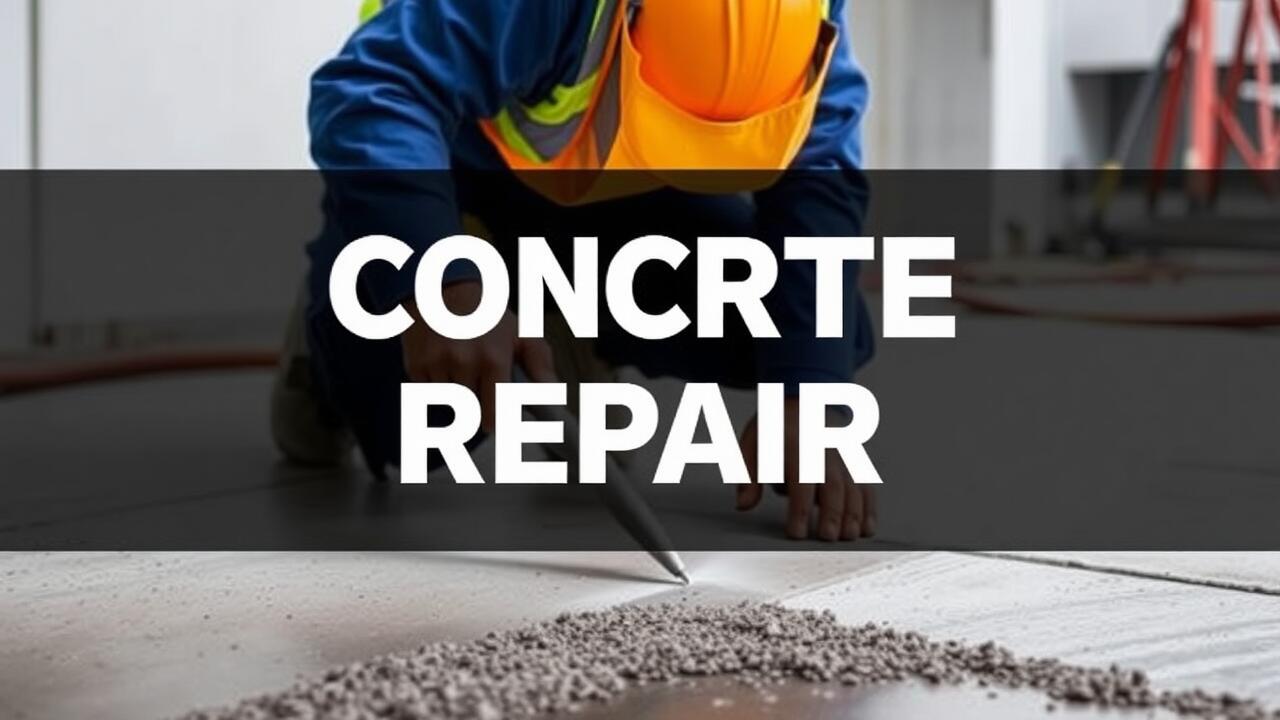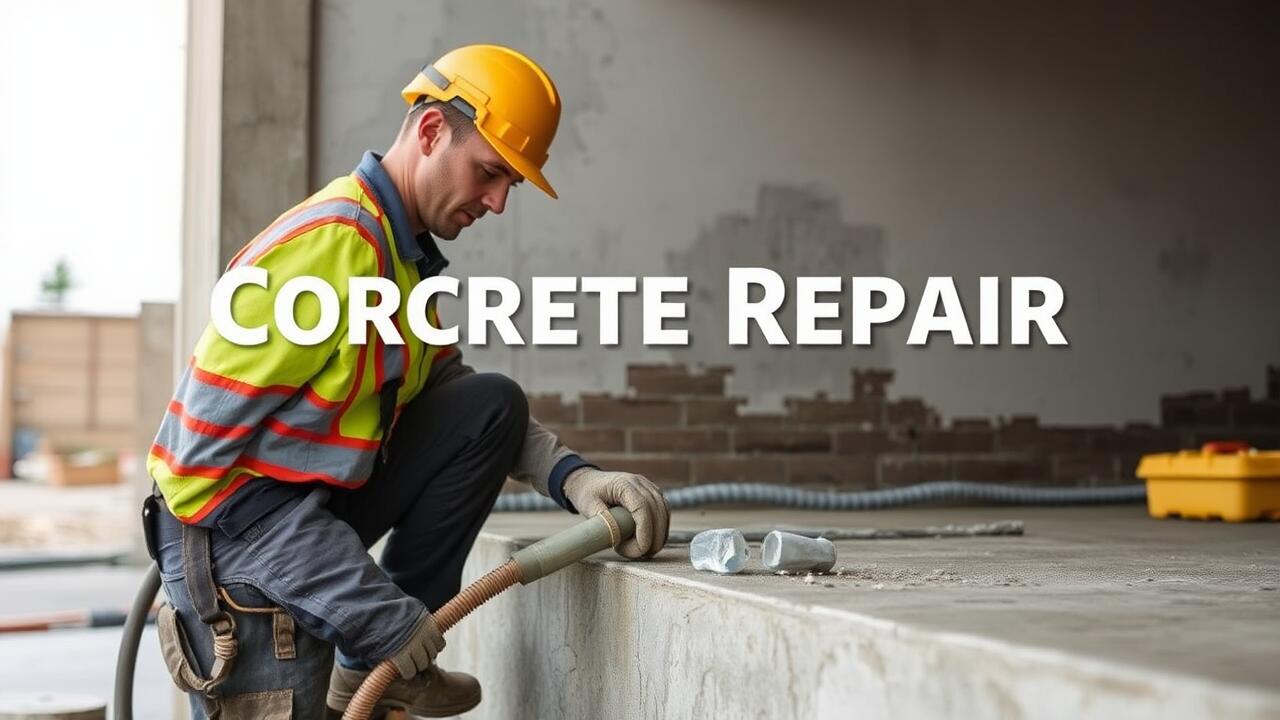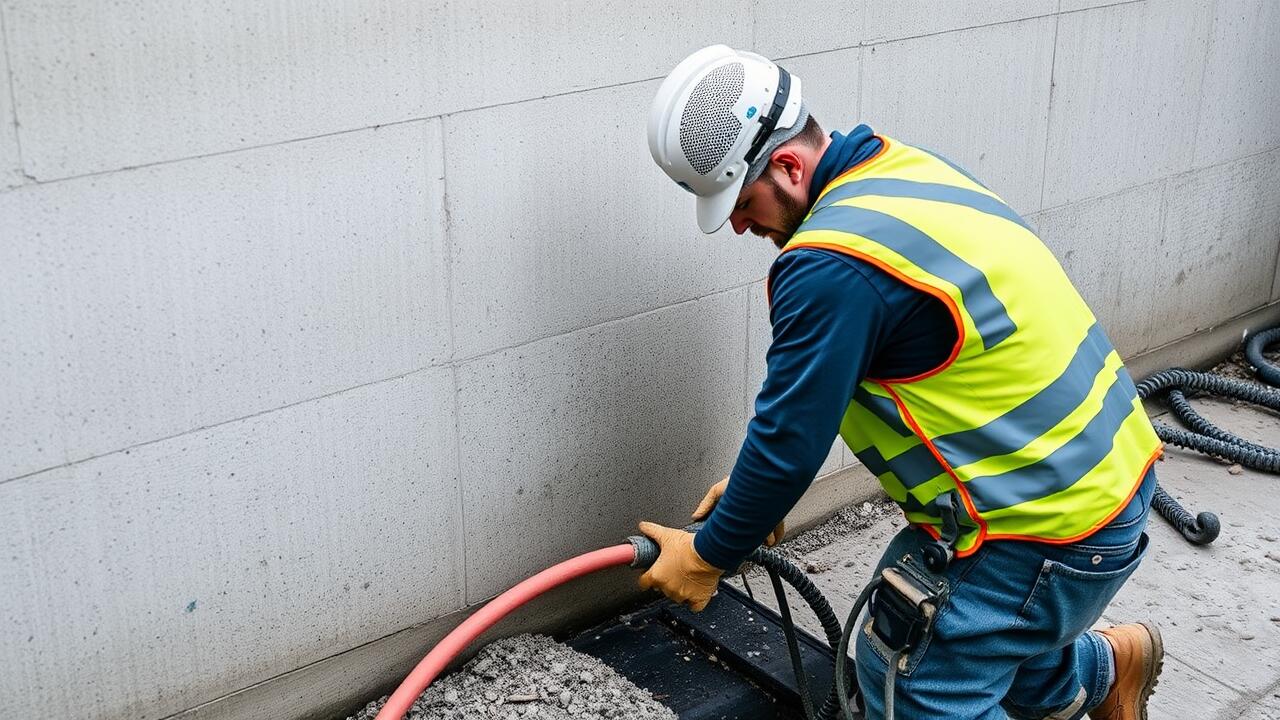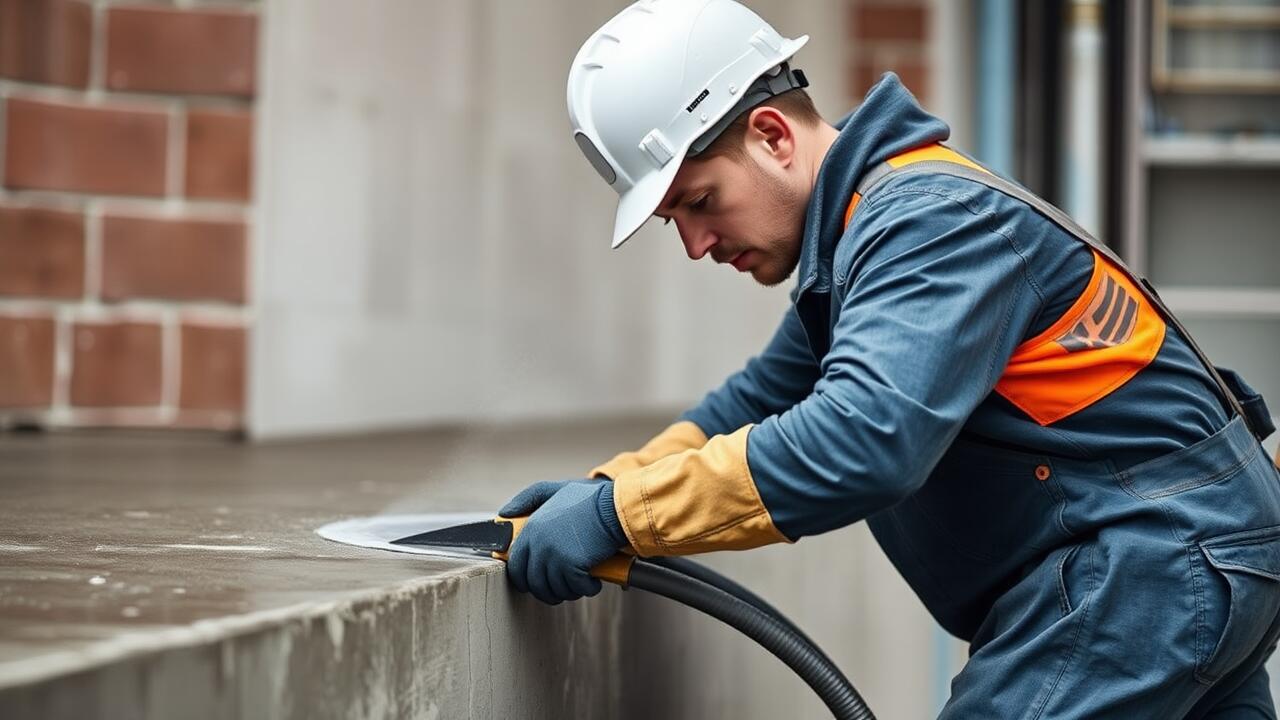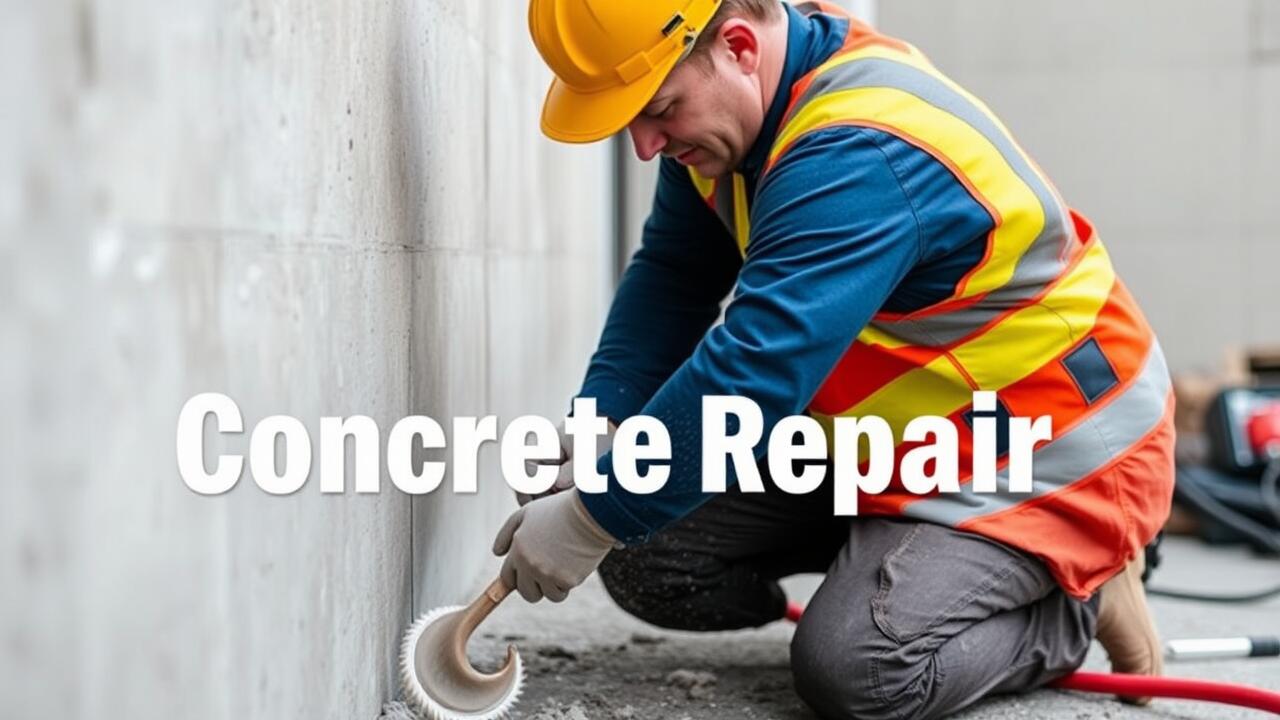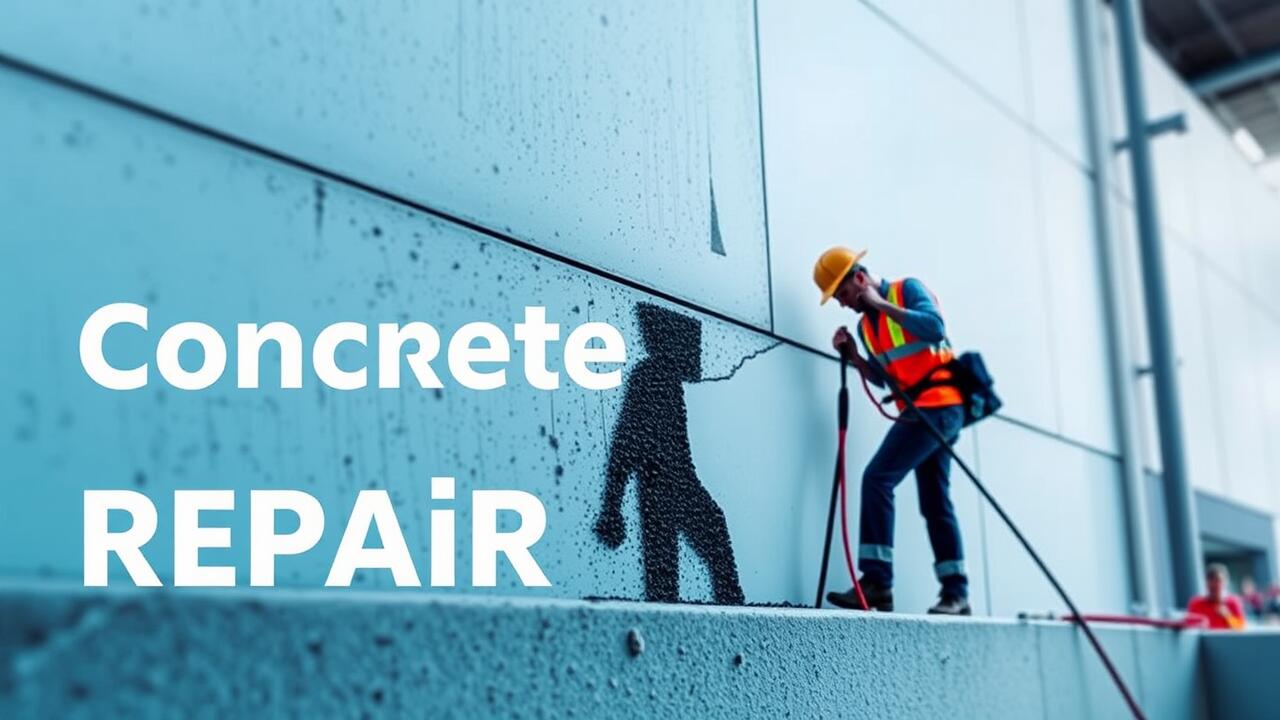
Application Techniques for New Concrete
When applying new concrete over old cracked surfaces, proper preparation is crucial for achieving a secure bond. Begin by cleaning the existing concrete to remove any debris, dirt, or grease. Utilize a pressure washer for this task, ensuring that all loose material is cleared away. If there are any significant cracks in the old concrete, they should be repaired first using a suitable concrete repair compound. This step minimizes the chance of future cracking and ensures a smooth, even surface for the new layer.
Once the old concrete is prepped, it's important to enhance adhesion by applying a bonding agent. This product acts as a glue that helps to connect the new concrete to the old. Pour the new concrete in manageable sections, using a screed to level it off evenly. For those seeking assistance with these procedures, Concrete Repair in Alhambra, Phoenix offers expert services to guide you through the necessary application techniques and ensure a successful project.
Step-by-Step Guide to Pouring
To effectively pour new concrete over old cracked surfaces, the first step involves preparing the old concrete. Thoroughly clean the surface to remove any debris, dirt, or oil. Fill any significant cracks with a suitable filler to prevent them from affecting the new pour. It is essential to etch the old concrete lightly to provide a rough texture that promotes better adhesion. Consider using a bonding agent specifically designed for this purpose. Proper preparation ensures the new layer will bond securely and stand the test of time.
Once the old surface is ready, you can begin mixing the new concrete. Follow the manufacturer's instructions for the right water-to-cement ratio to achieve a workable mixture. Pour the new concrete on top of the prepared surface, spreading it evenly using a screed. Ensure that the thickness of the new layer is consistent. For those needing expert assistance, Concrete Repair in Alhambra, Phoenix, offers comprehensive services to assist in the preparation and pouring process, ensuring durability and proper application. After pouring, smooth the surface with a trowel and allow it to set according to the recommended guidelines.
Curing Process for Fresh Concrete
Curing is an essential process for ensuring the strength and durability of freshly poured concrete. Proper curing helps to maintain moisture levels, prevent shrinkage cracks, and enhance the overall durability of the surface. It typically begins immediately after finishing the concrete surface and can last from several days to a few weeks, depending on the mix and environmental conditions. Techniques such as water spraying, covering the surface with wet burlap, or using curing compounds can effectively maintain moisture.
For those considering concrete repair in Alhambra, Phoenix, understanding the curing process is crucial. The local climate may impact how quickly the concrete dries, making adequate curing even more vital in hotter areas. Monitoring the curing environment and adjusting methods accordingly will significantly contribute to the longevity of the new concrete layer. Implementing these practices not only promotes a strong bond between layers but also helps to minimize the potential for future damage.
Importance of Proper Curing
Proper curing is essential for ensuring the strength and durability of freshly poured concrete. Curing allows the concrete to develop its full potential by maintaining adequate moisture and temperature levels. Without proper curing, the surface can dry out too quickly, leading to cracking and reduced structural integrity. This process typically involves covering the concrete with wet burlap, plastic sheeting, or applying curing compounds that retain moisture.
In addition to improving the compressive strength, effective curing can help mitigate the effects of temperature fluctuations. This is particularly important in regions with varying climates. For those seeking expert assistance, options like Concrete Repair in Alhambra, Phoenix provide professional services that include thorough curing techniques, ensuring the longevity and resilience of new concrete layers. Understanding the significance of this step can have a substantial impact on the longevity of your project.
Maintaining the New Concrete Layer
Maintaining the new concrete layer is essential for ensuring its longevity and structural integrity. Regular inspections help identify any potential issues early, such as cracks or uneven settling. Keeping the surface clean from debris and harmful substances can significantly prolong its life. Applying a sealant once the concrete has fully cured provides an extra barrier against moisture and wear.
In regions like Alhambra, Phoenix, the climate can be particularly harsh, affecting the durability of concrete. Therefore, adjusting maintenance routines according to weather conditions is crucial. Routine sealing treatments combined with proper drainage solutions can keep moisture away, thus preventing underlying issues. For those new to this maintenance process, consulting professionals experienced in Concrete Repair in Alhambra, Phoenix is often beneficial.
Tips for Long-lasting Durability
To ensure the long-lasting durability of your new concrete layer, consider regular maintenance as an essential practice. Cleaning the surface with a pressure washer can help remove any dirt and debris that might accumulate over time. Sealants can be applied to protect against moisture and stains, providing an additional barrier against wear. Regular inspections for cracks or chips can help catch any issues early, allowing for timely repairs.
It is also beneficial to avoid heavy loads on the new concrete for the first few weeks after installation. This precaution helps prevent unnecessary stress that could lead to damage. Staying informed about the local weather conditions is important, as extreme temperatures can affect curing. For those seeking expert assistance, Concrete Repair in Alhambra, Phoenix, offers professional services to ensure your concrete remains in optimal condition for years to come.
FAQS
Can you pour new concrete over old cracked concrete?
Yes, you can pour new concrete over old cracked concrete, but it’s important to assess the condition of the existing surface and address any underlying issues to ensure proper bonding and durability.
What preparation is needed before pouring new concrete over old concrete?
Before pouring new concrete, clean the old surface thoroughly to remove any debris, dirt, or oil. You may also need to repair any significant cracks and ensure the surface is roughened for better adhesion.
How thick can the new concrete layer be when poured over old concrete?
Generally, a new concrete layer can be poured anywhere from 1 to 4 inches thick over old concrete, depending on the specific application and the condition of the existing slab.
Is it necessary to use a bonding agent when pouring new concrete over old concrete?
While it’s not always necessary, using a bonding agent can greatly improve the adhesion between the old and new concrete, especially if the existing surface is smooth or has been sealed.
How long does it take for new concrete to cure when poured over old concrete?
The curing process for new concrete typically takes about 7 days to reach full strength; however, it can continue to harden over a period of 28 days. Proper curing methods should be implemented to ensure durability.
